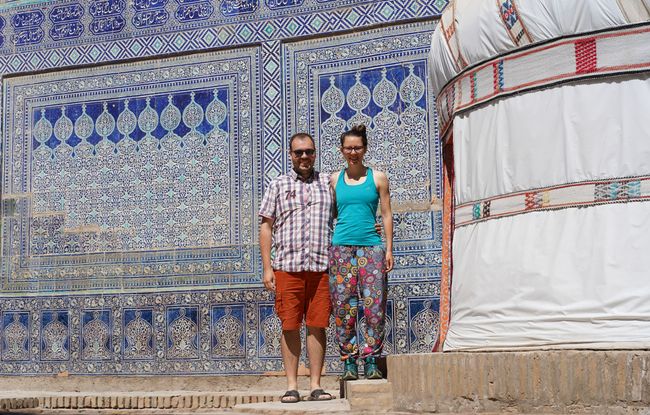Samarkand (Day 9 to 11) - beautiful, more beautiful, Registan
Imechapishwa: 13.09.2019
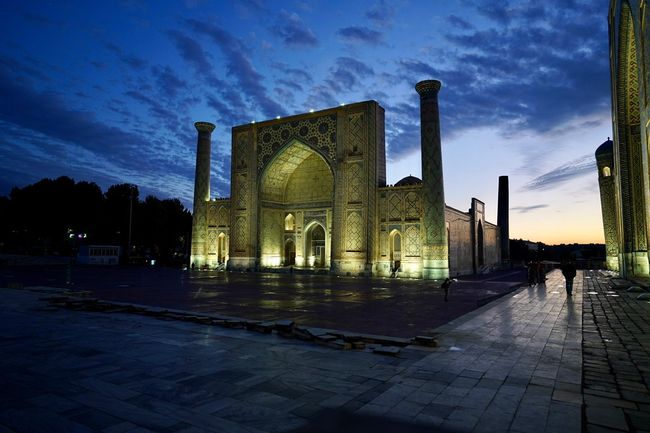
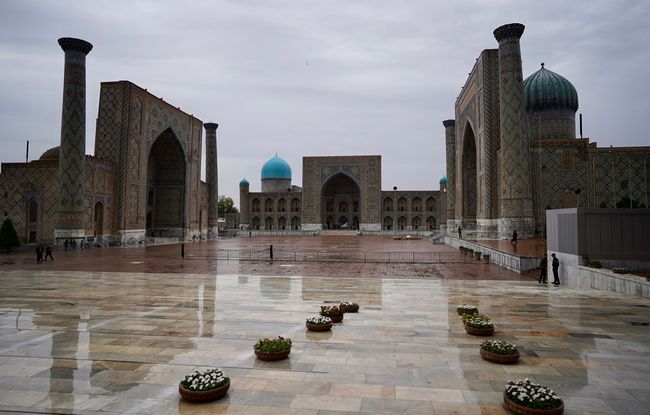
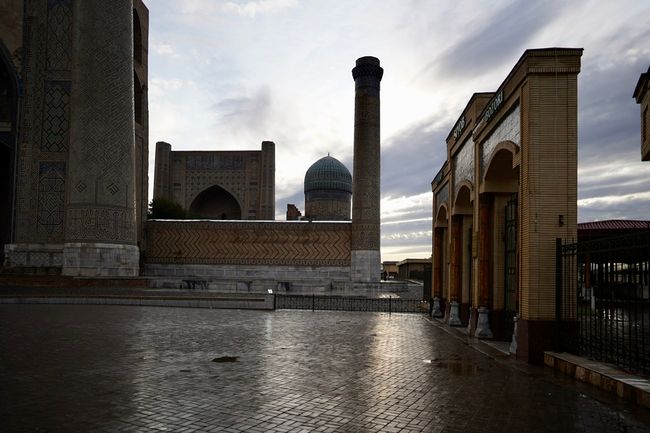
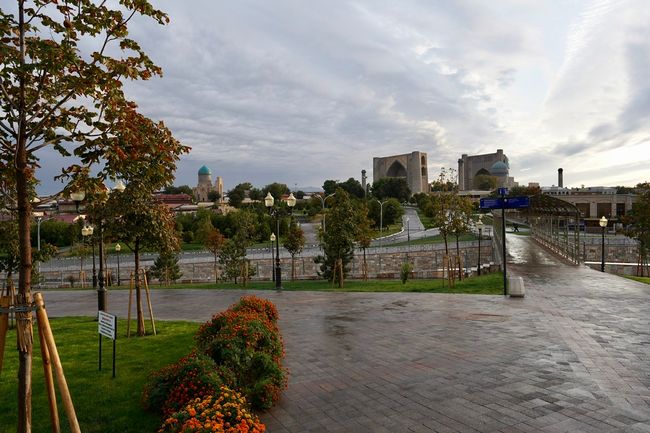
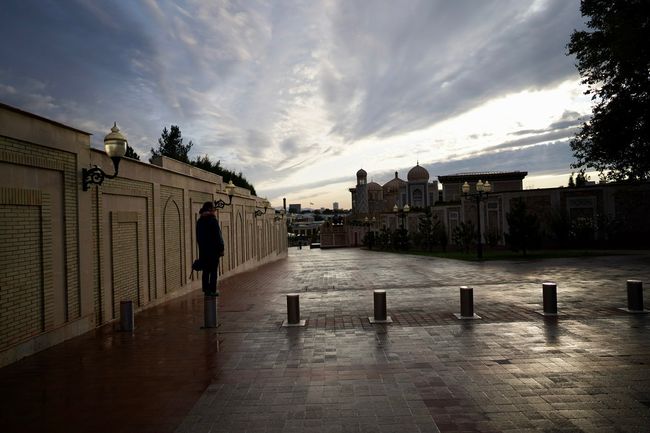
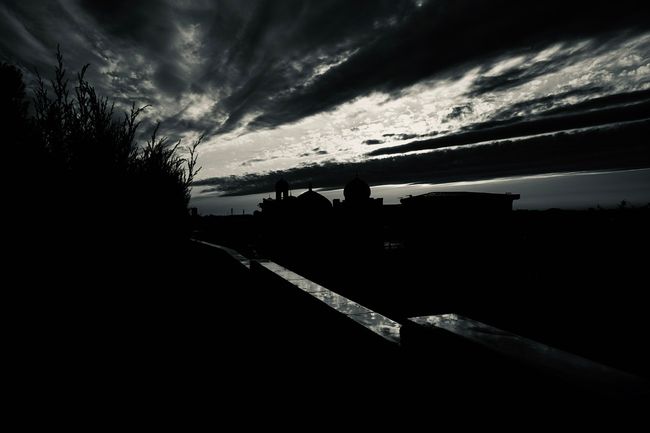
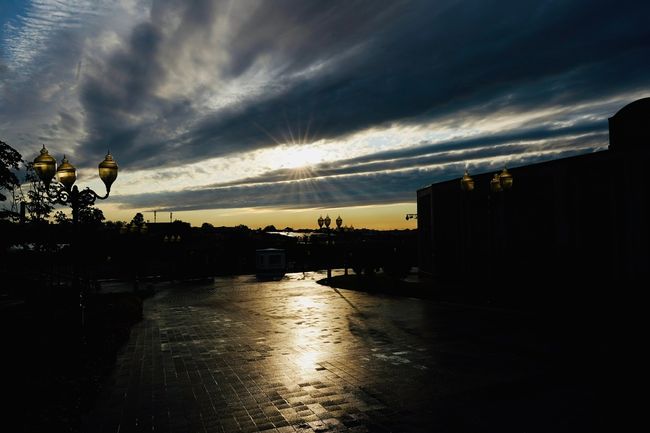
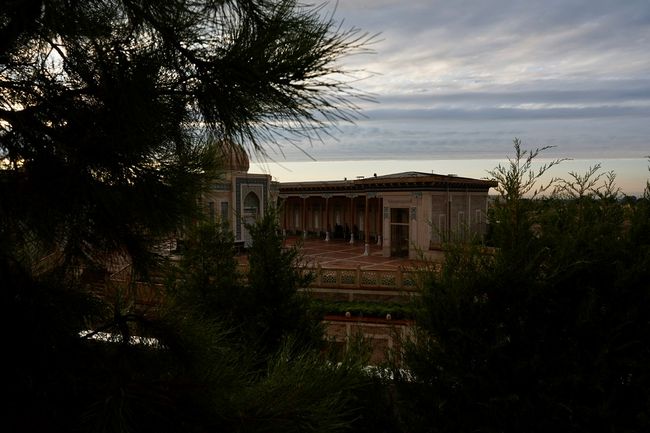
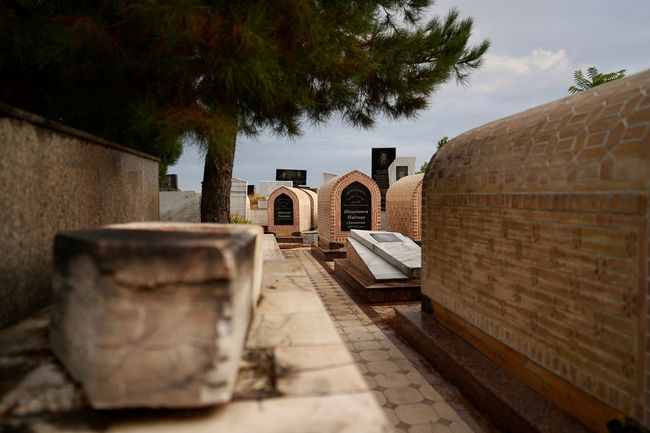
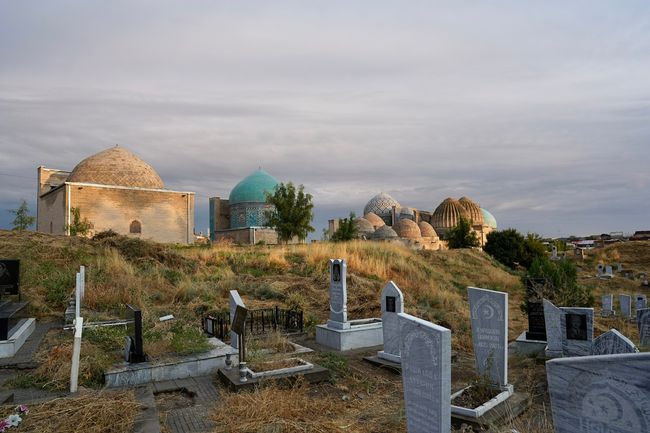
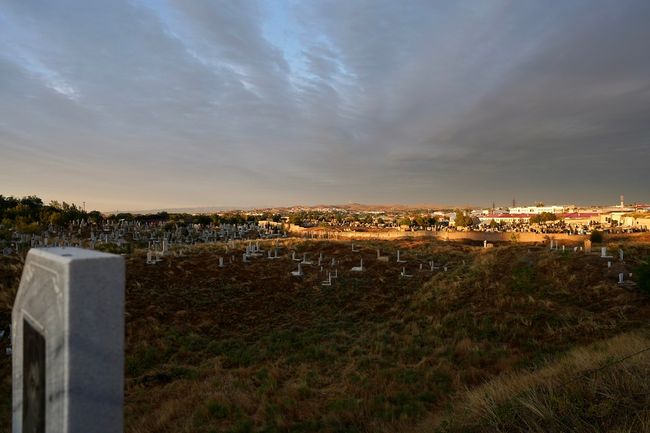
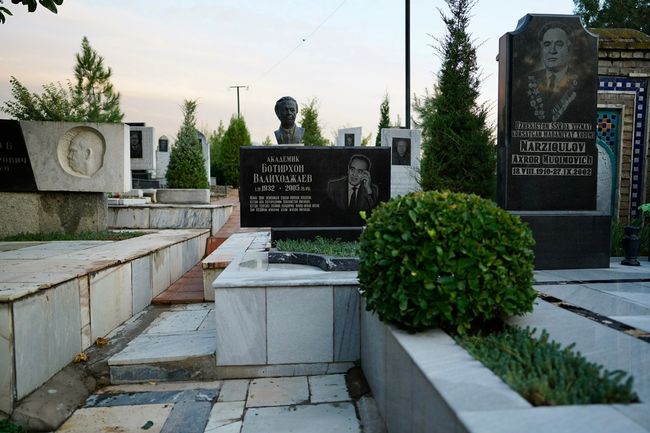
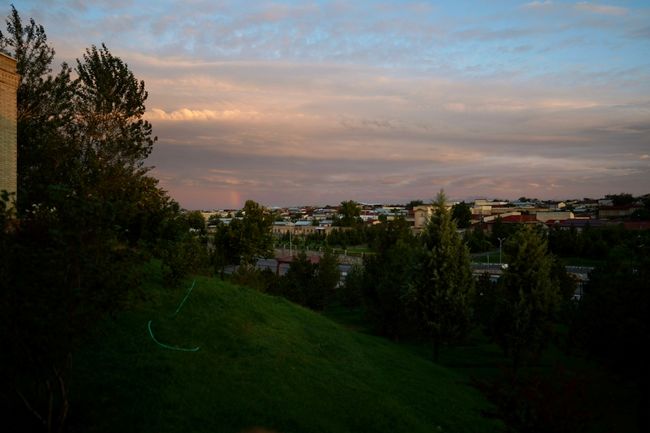
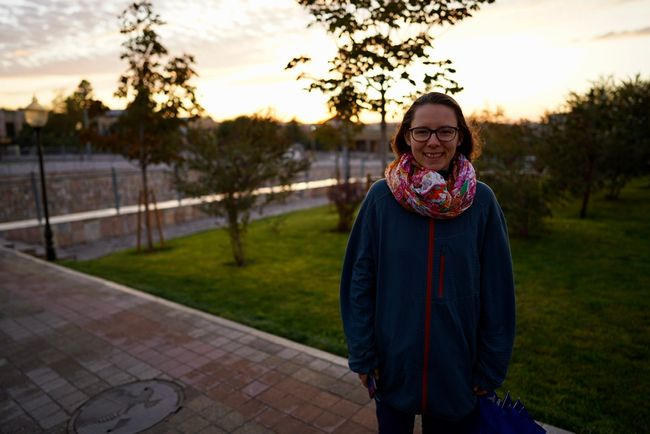
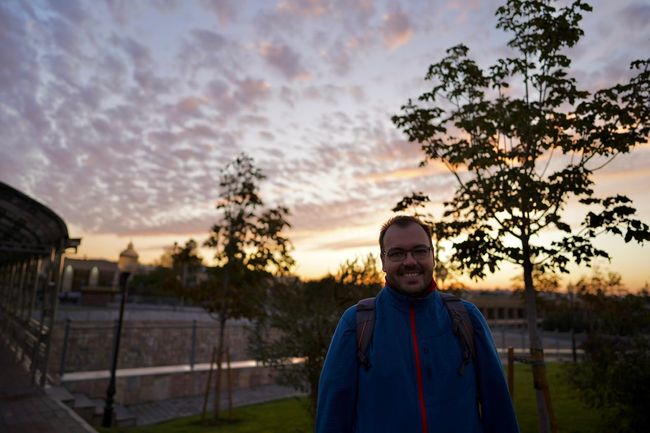
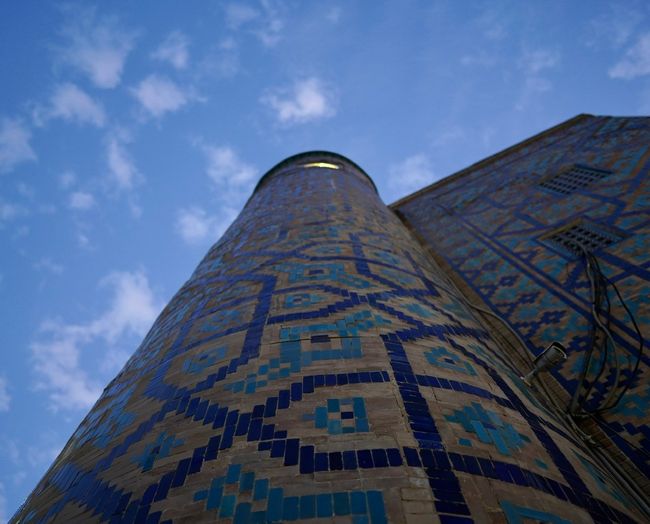
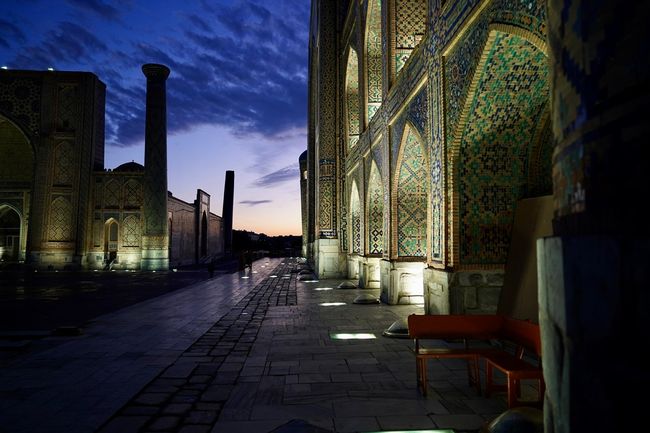
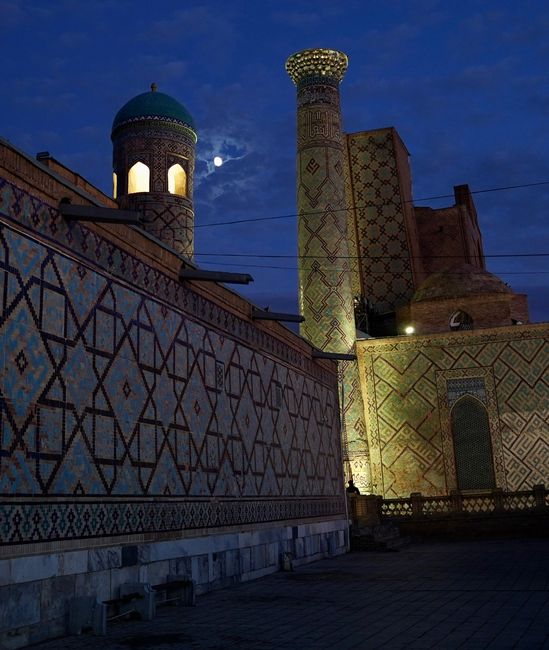
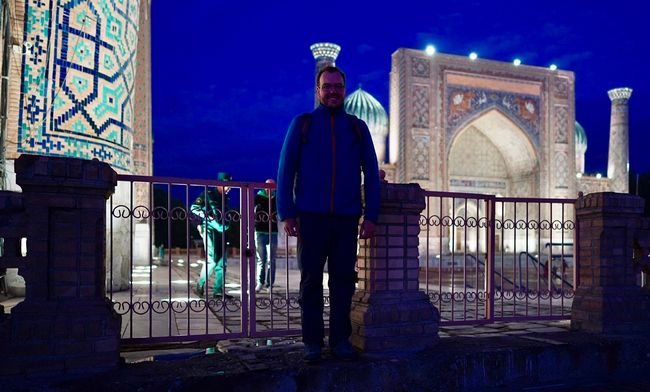
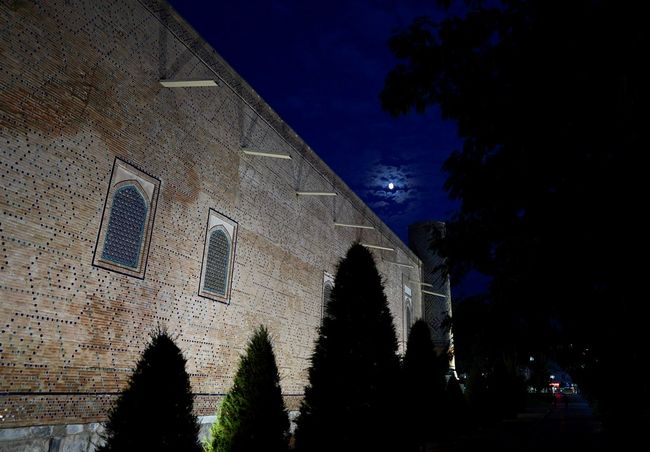
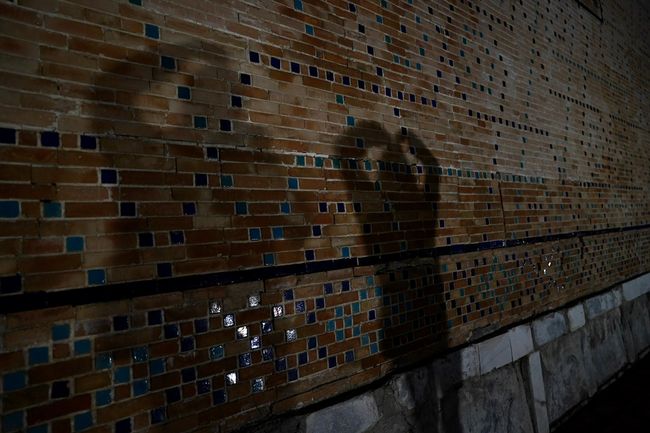
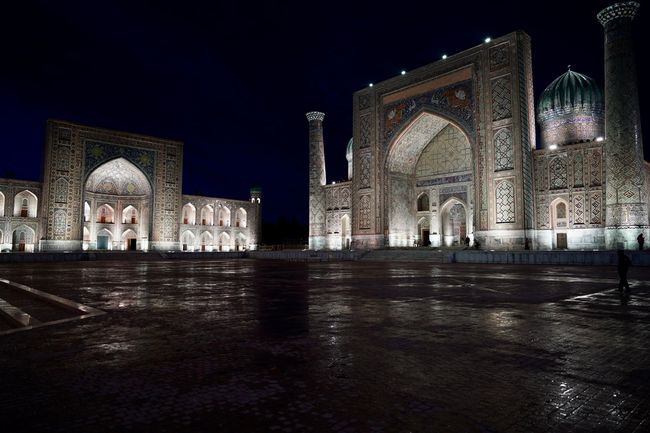
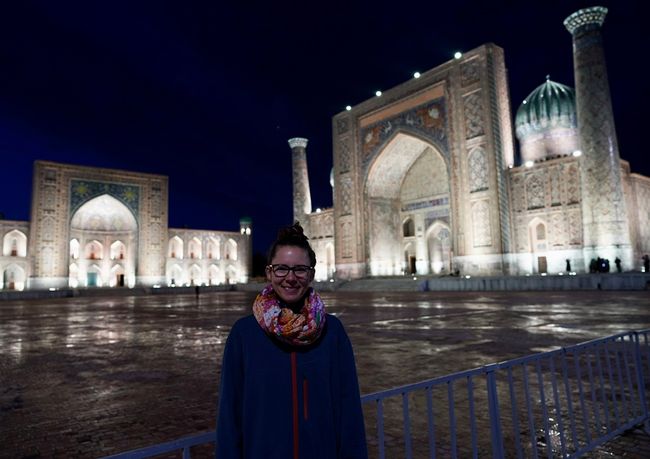
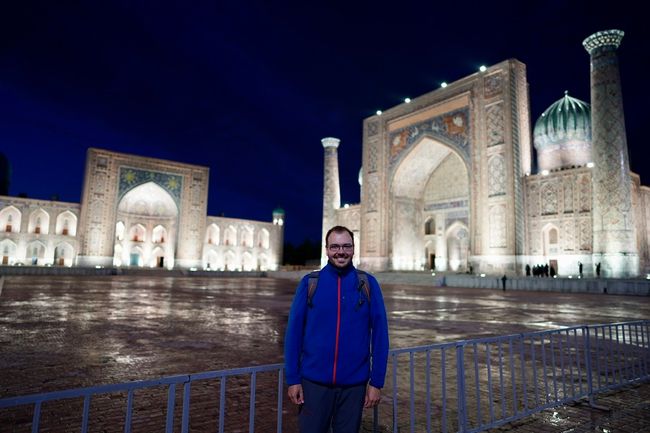
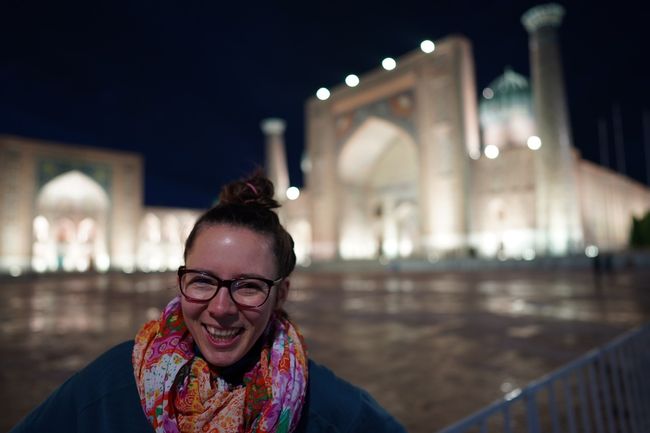
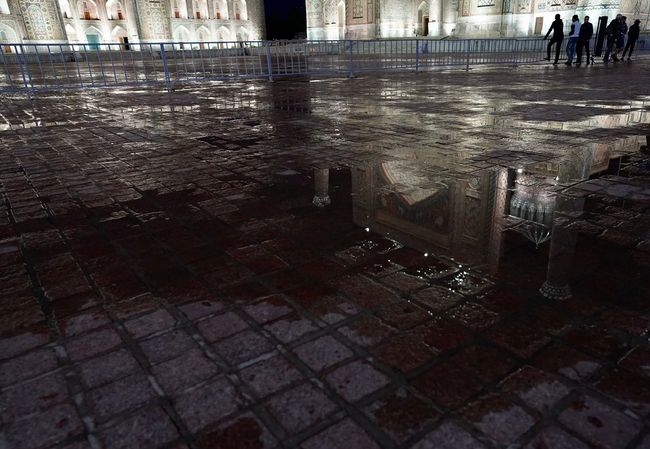
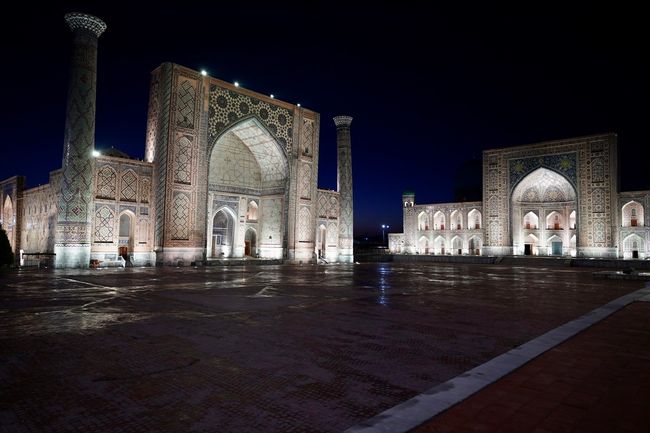
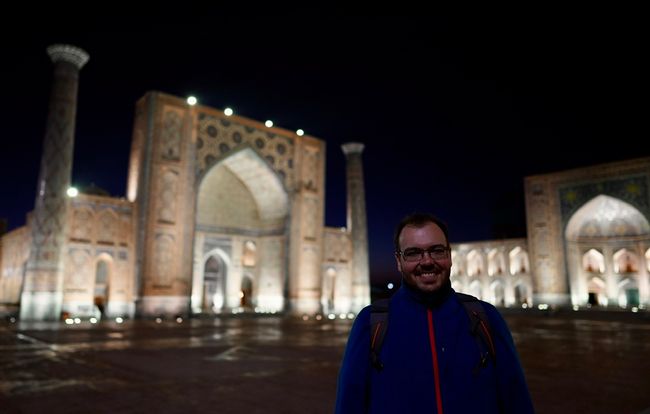
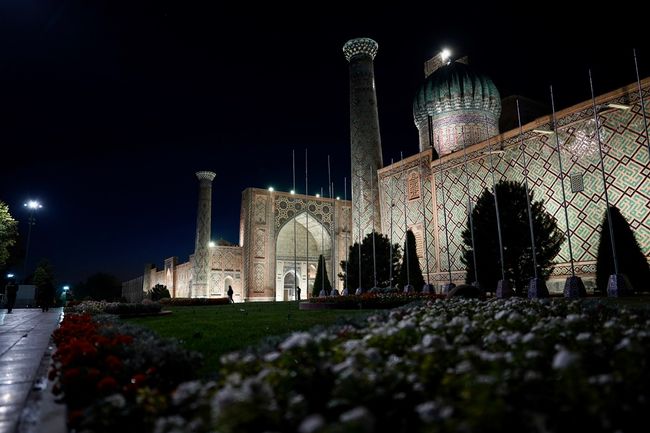
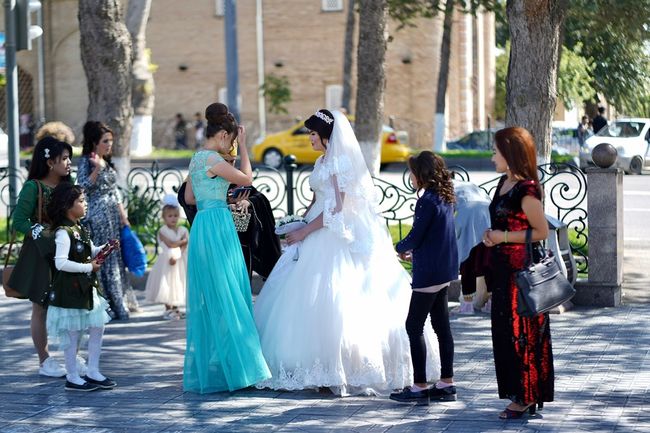
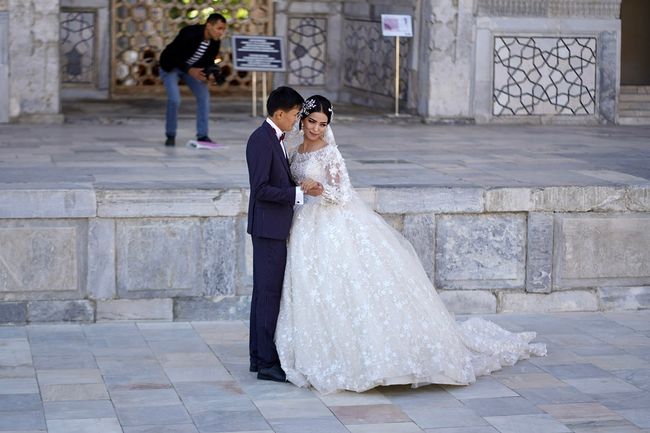
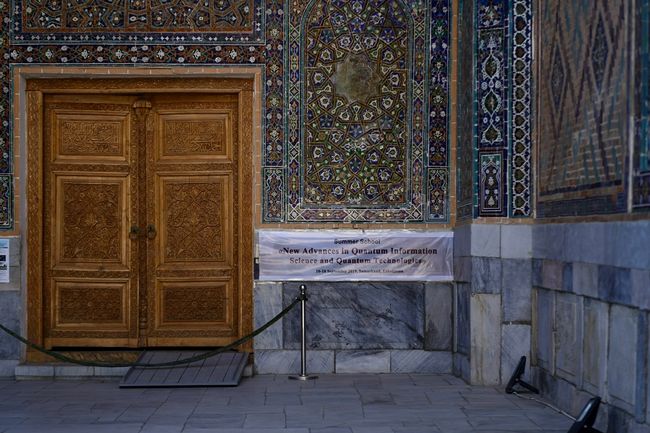
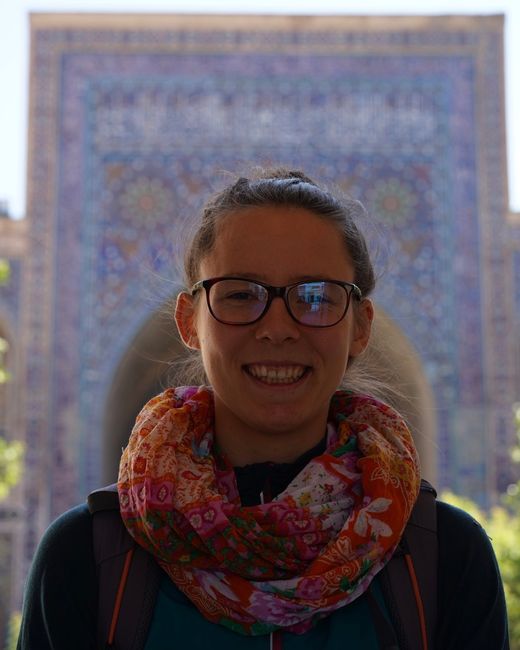
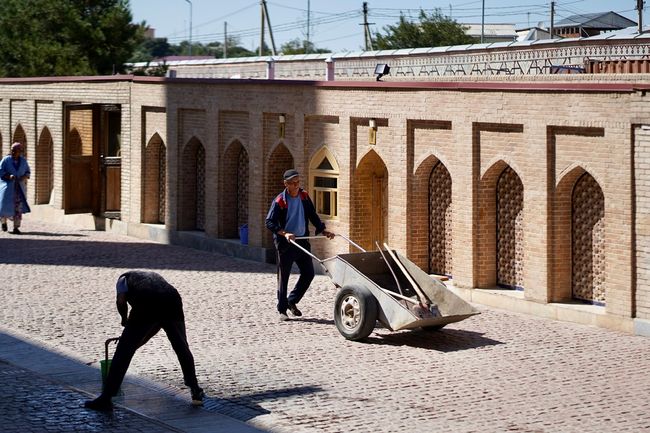
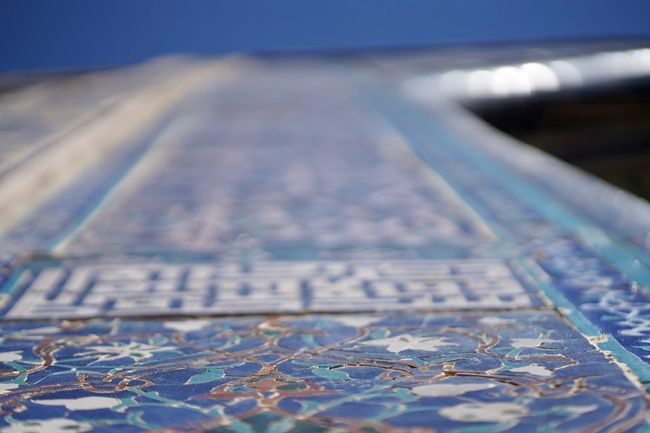
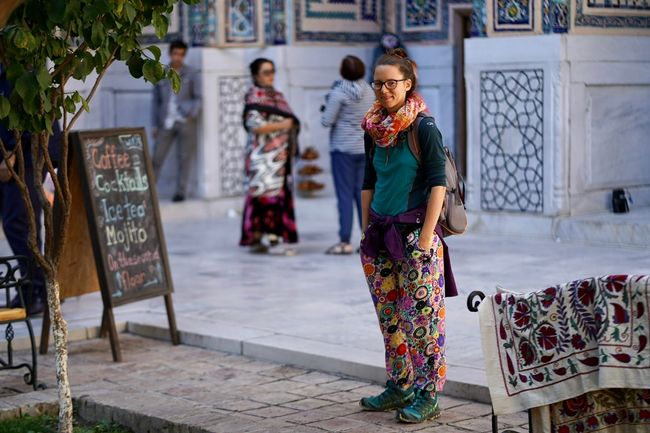
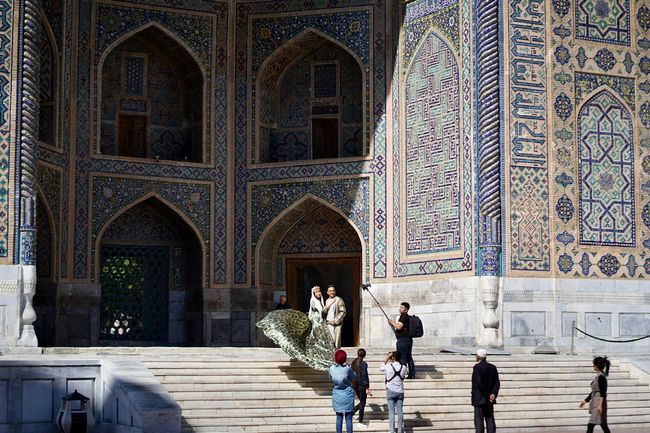
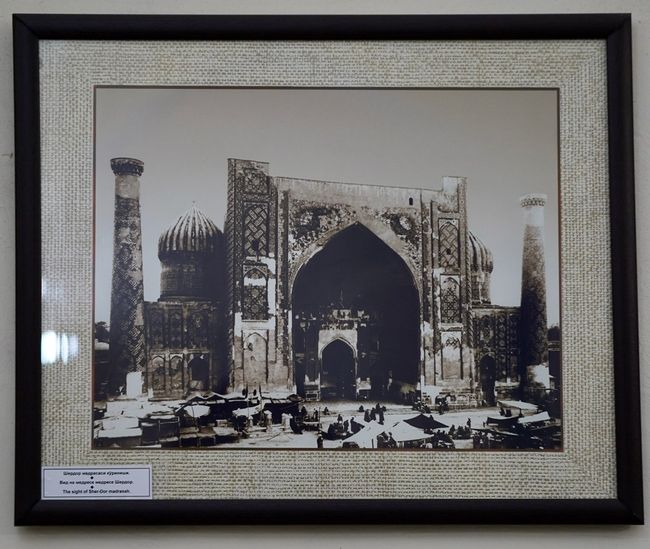
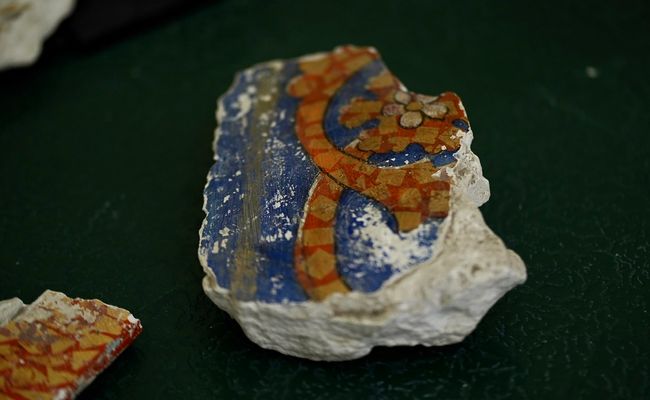
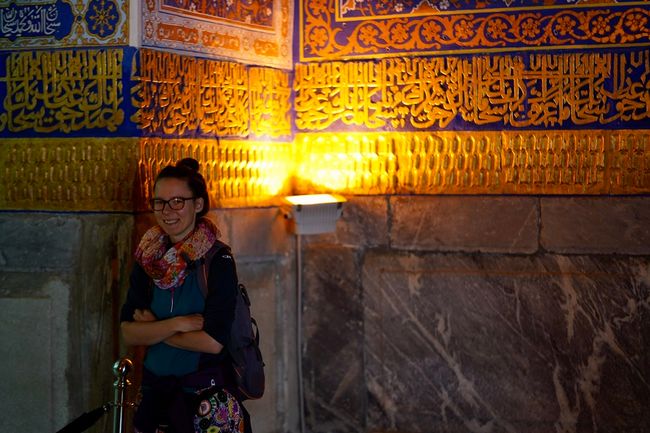
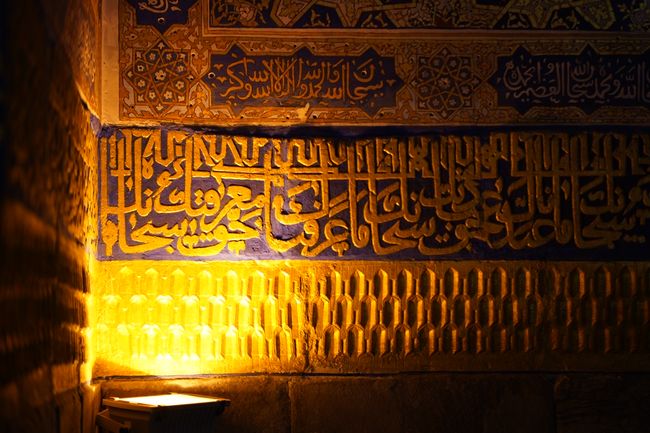
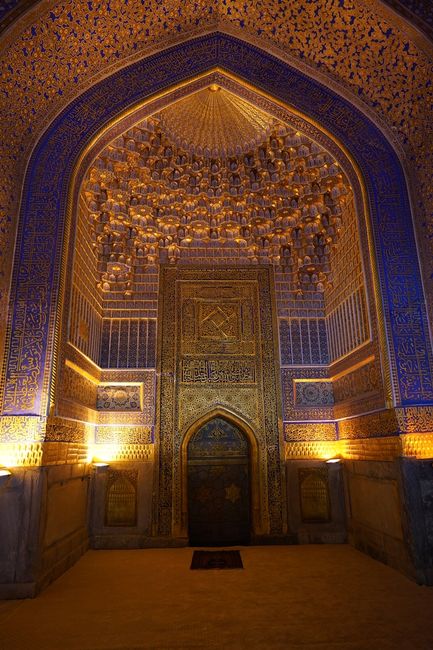
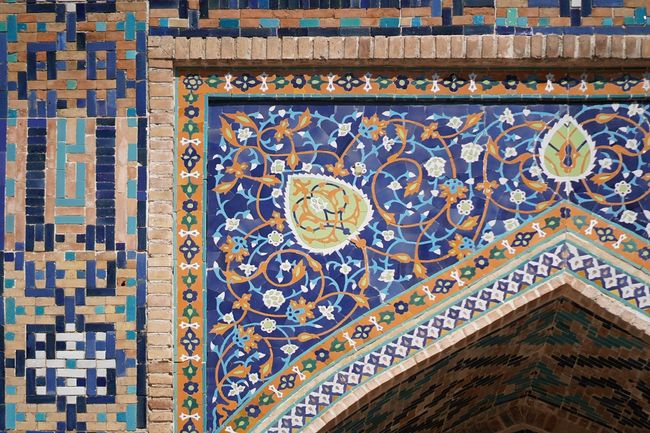
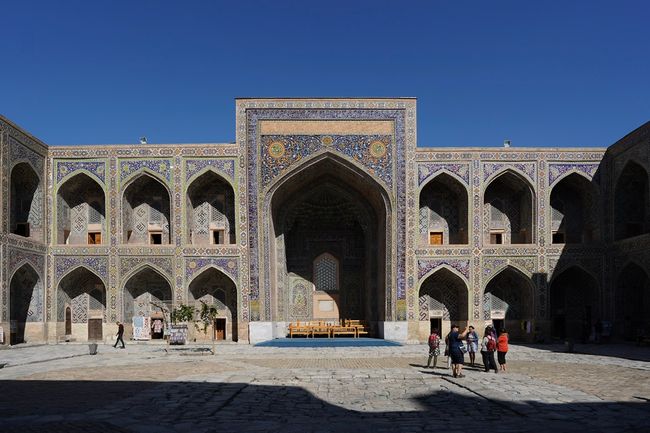
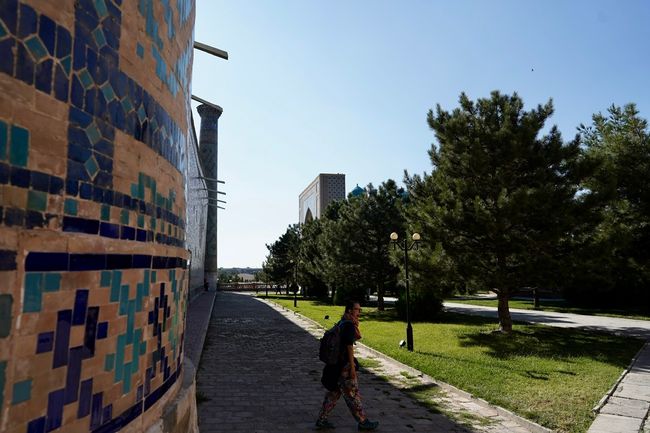
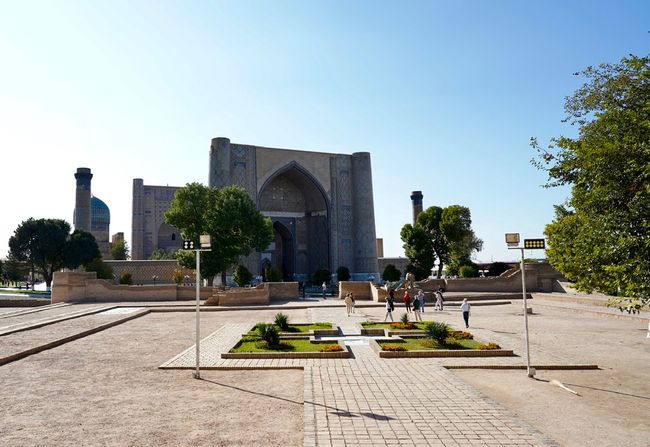
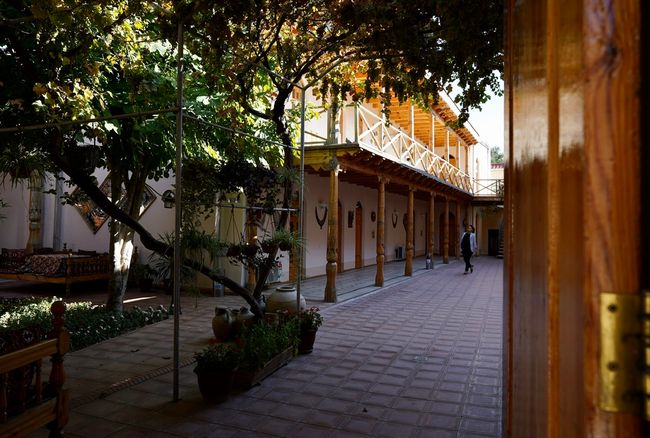
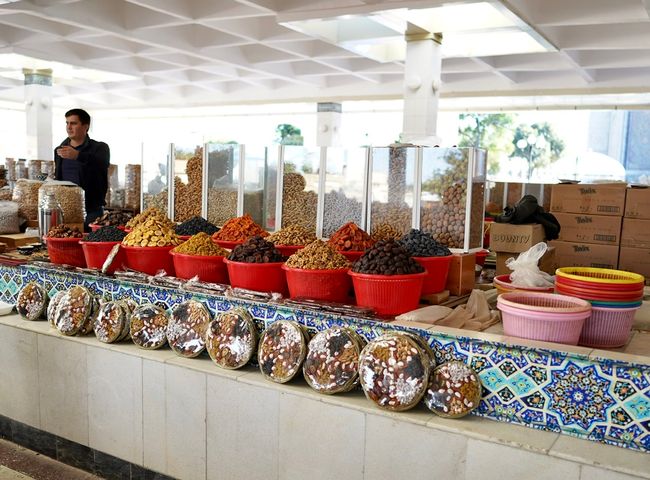
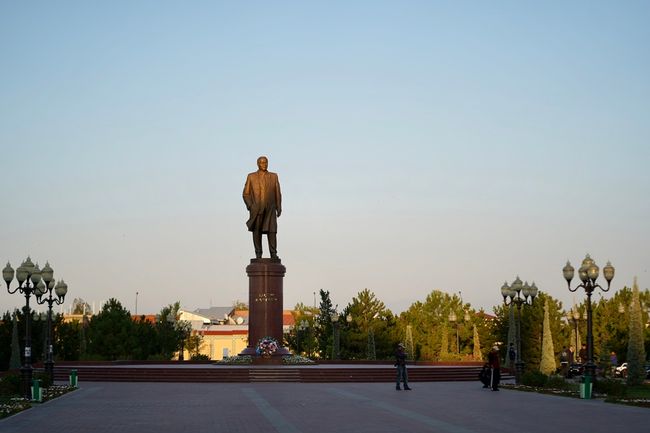
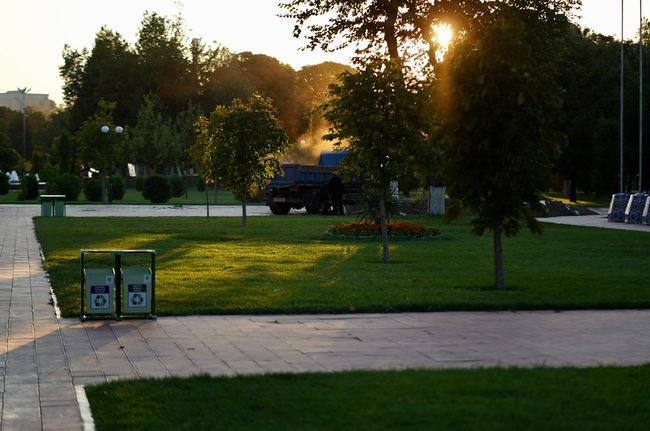
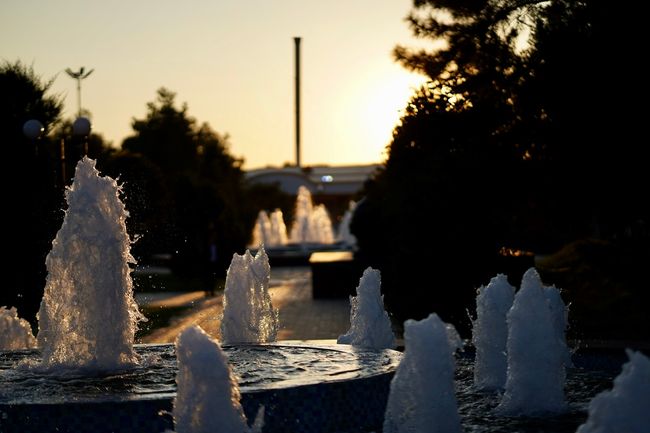
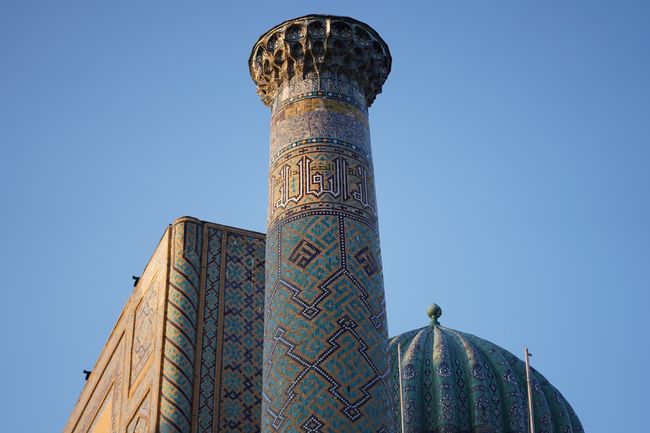

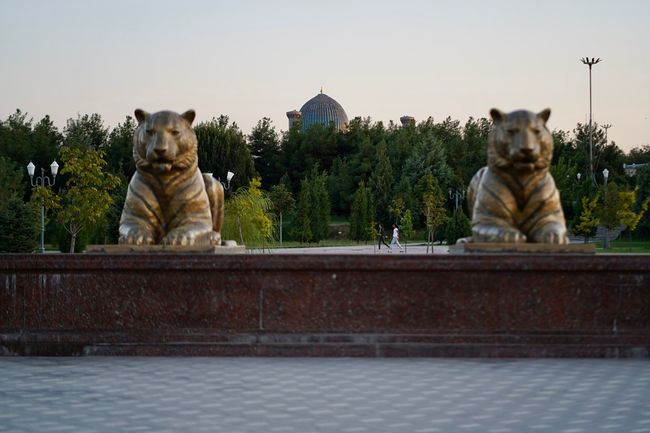
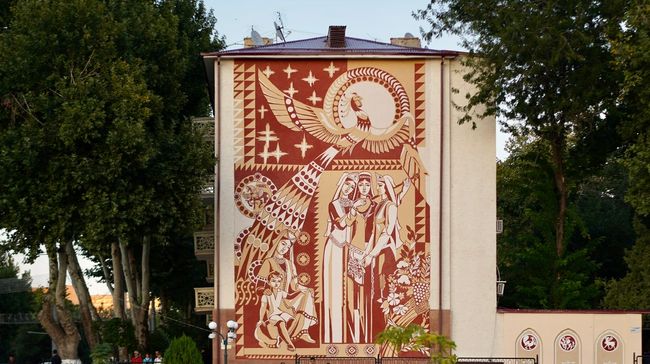
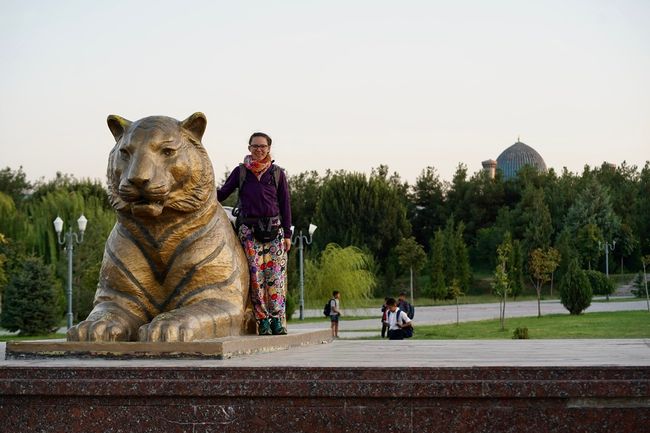
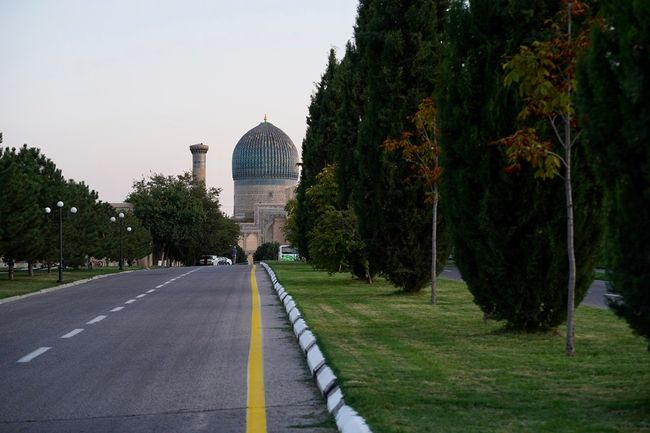
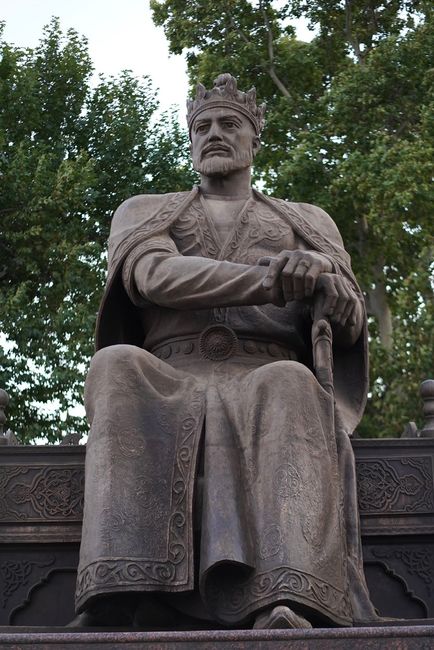
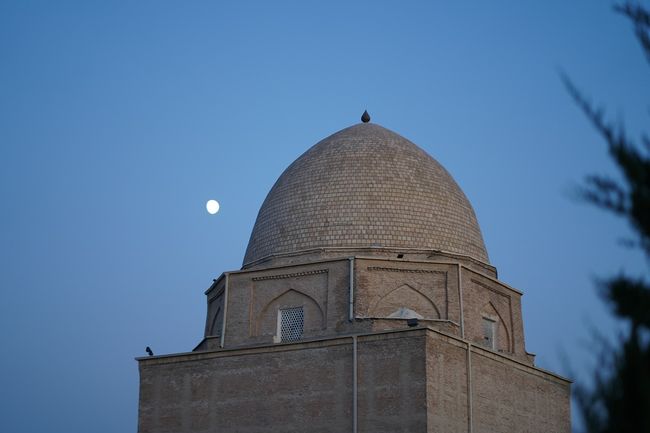
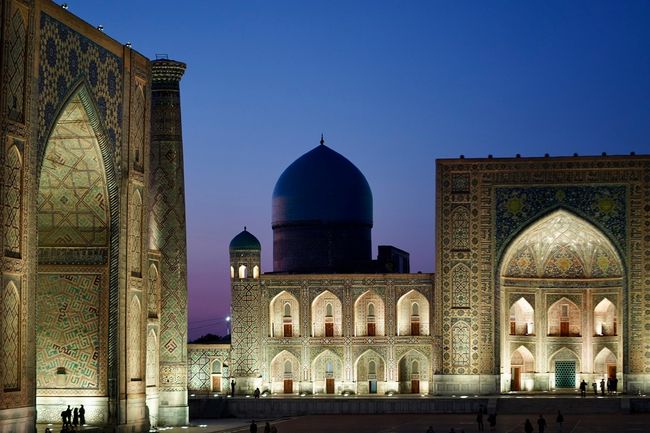
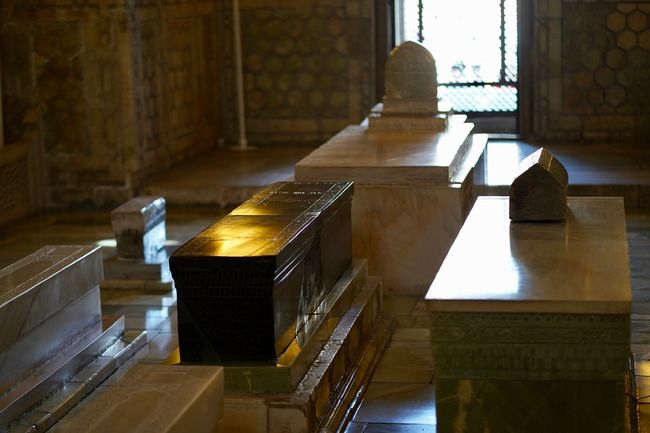
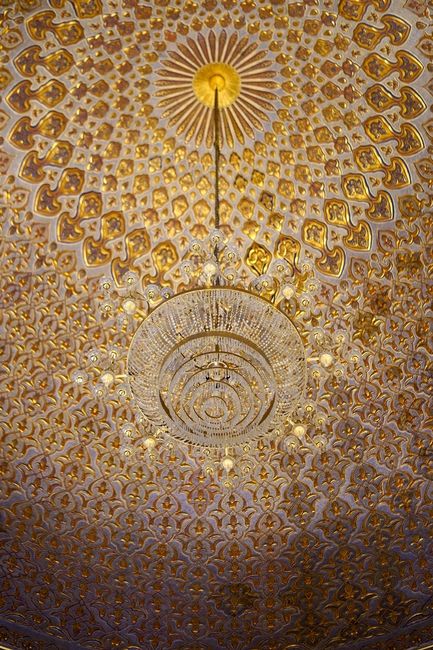
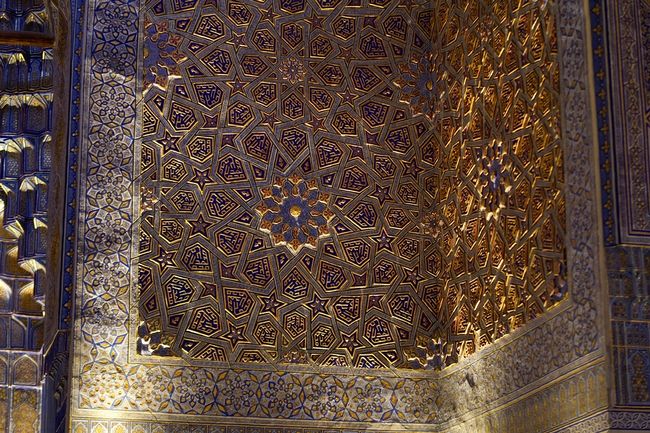
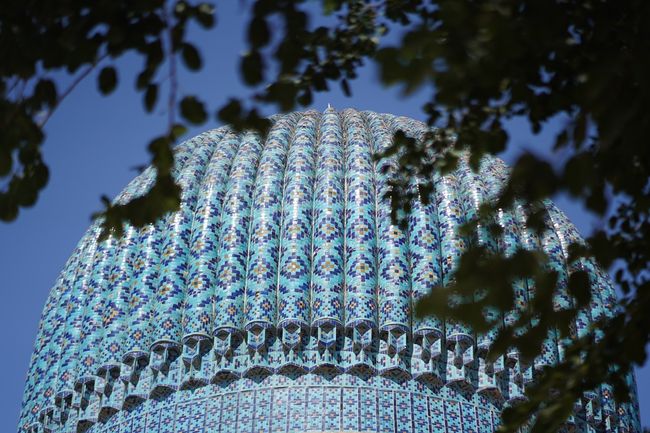
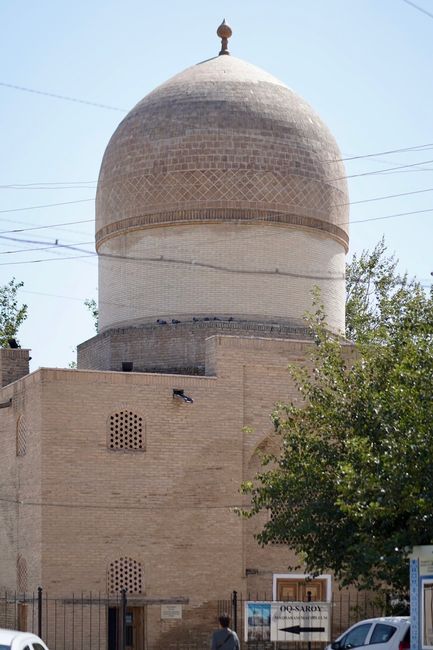
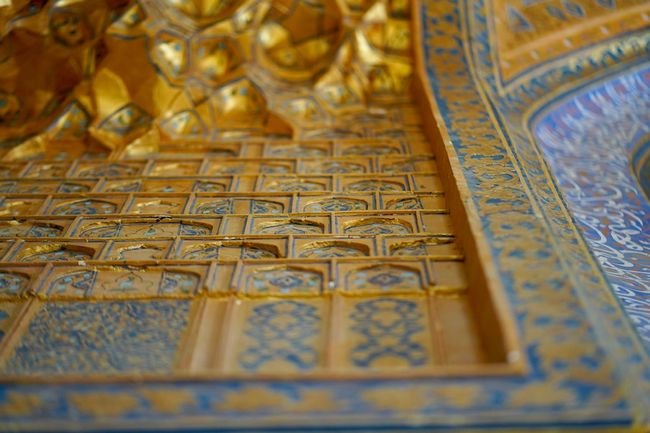
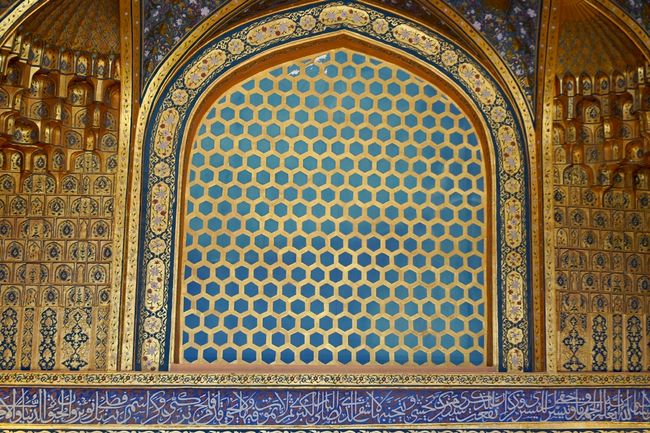
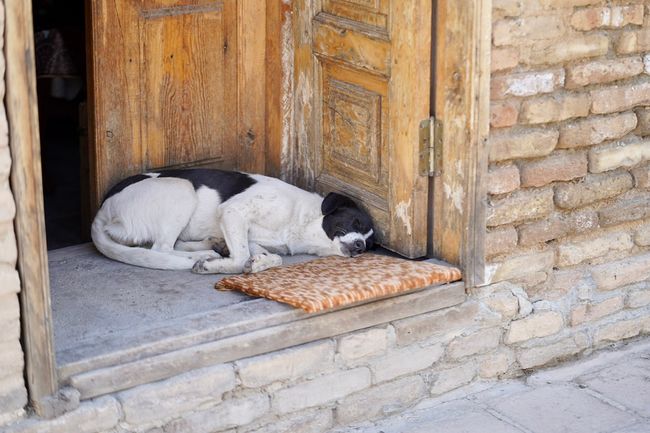
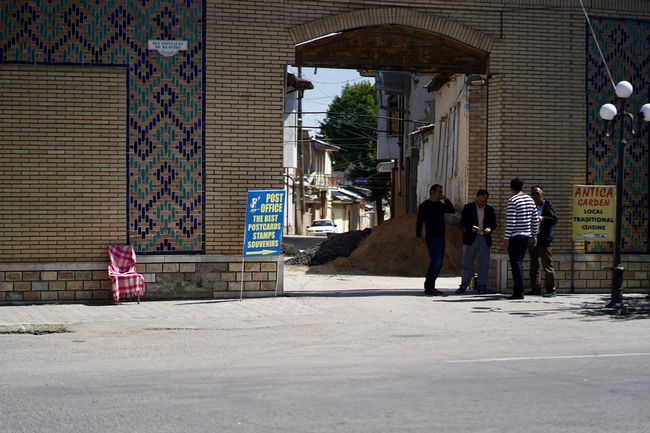
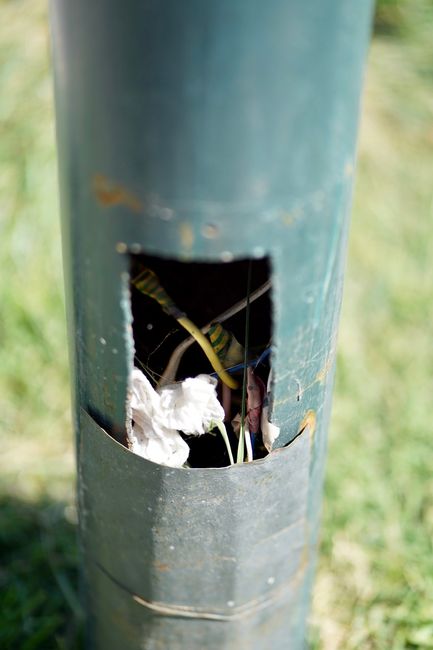
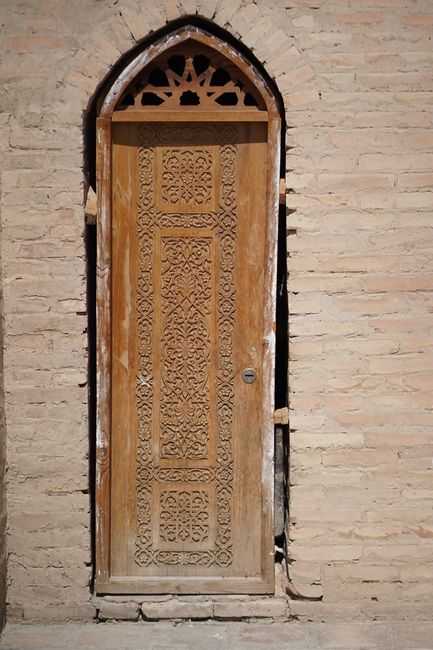
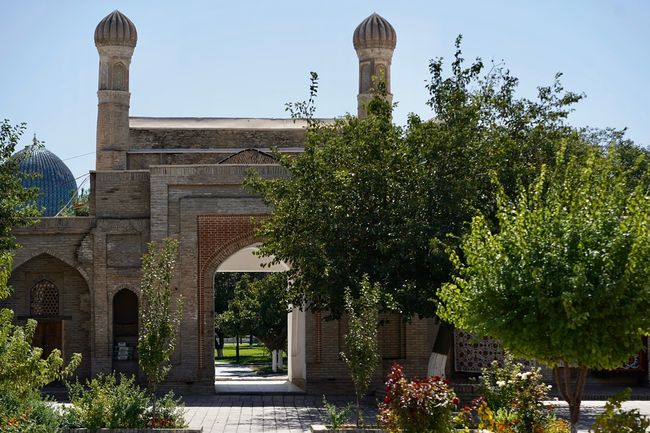
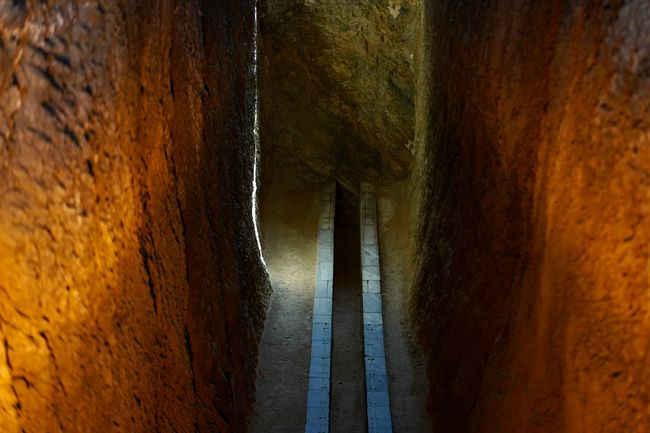
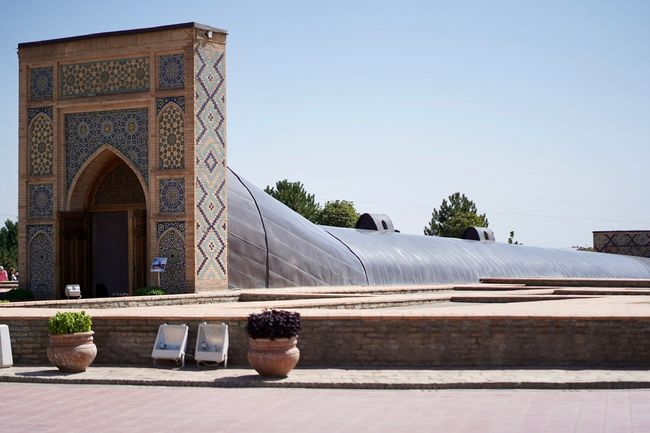
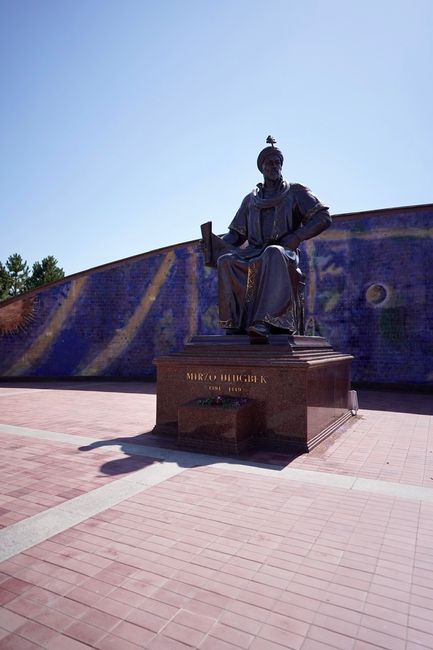
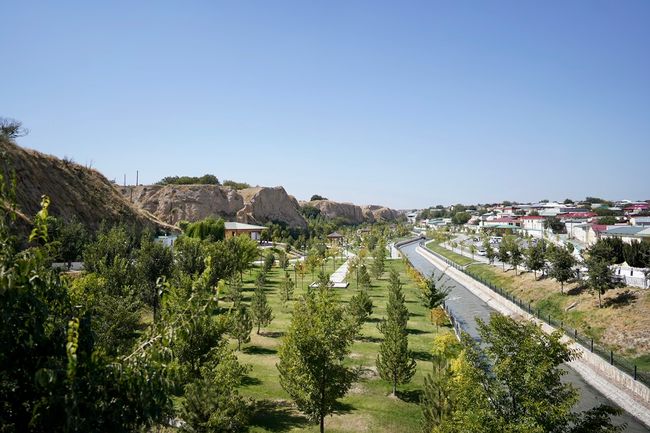
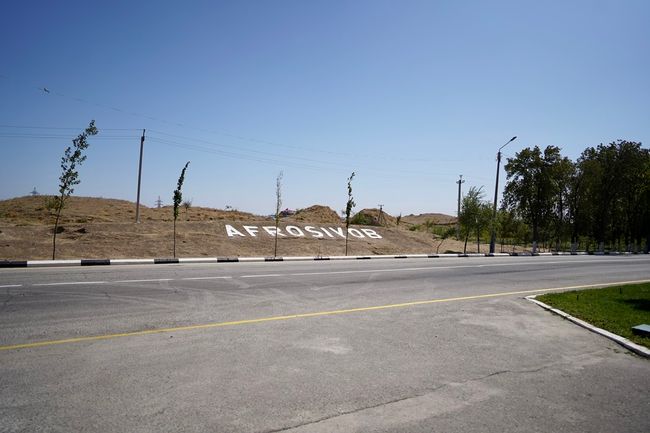
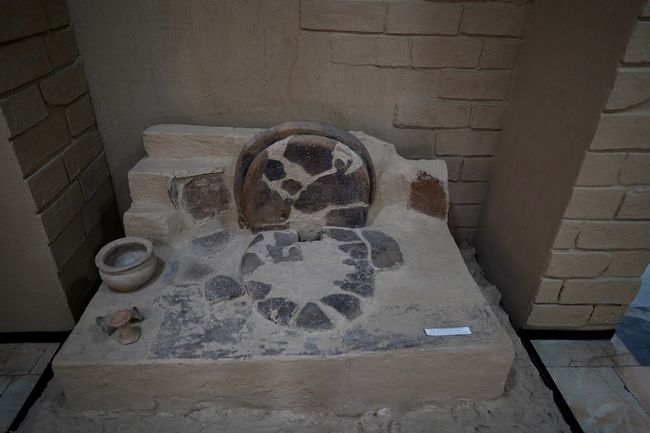
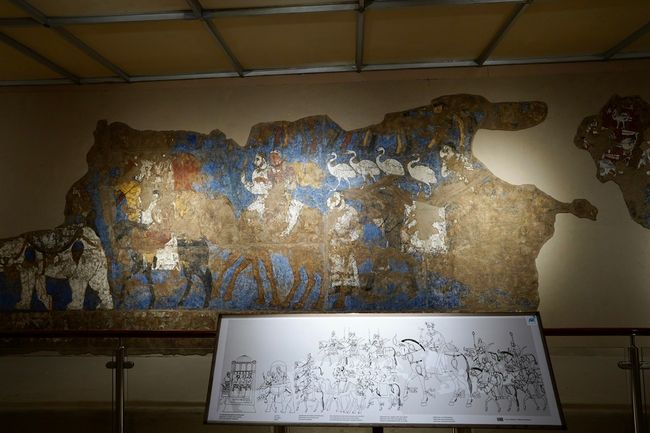
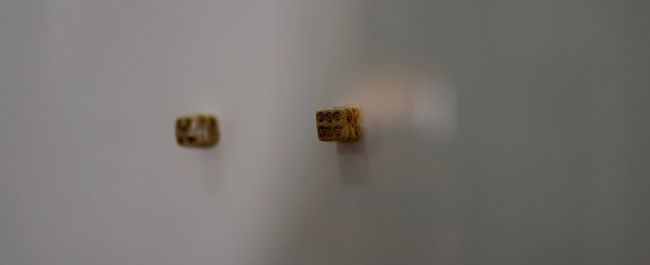
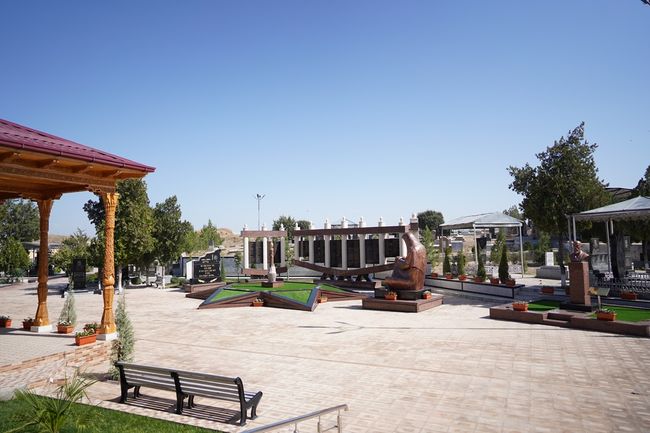
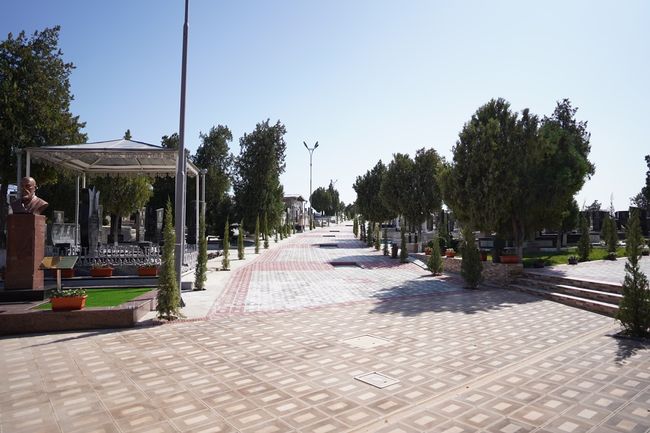
Jiandikishe kwa Jarida
On Monday, September 9th, the first of 2 full days in Samarkand started, the city already appeared much larger than Khiva or Bukhara during the journey. Unfortunately, the start of the week was rainy. So there was time for health recovery for everyone: Janina had caught a stuffy nose in the first week and was already feeling better. However, now half of the FRA team caught a strong cold, just like 2/3 of the DUS team, but with milder symptoms. The children's clinic and a pharmacy in Samarkand were able to help our little vacationer; a resolute taxi driver at the children's clinic deserves a big thank you at this point. Let's not talk about digestive problems, everything a bit modest... Nevertheless, the mood was good :) On the rainy first day, we relaxed until early afternoon in the very good hotel room (Hotel Art Samarqand) and updated the blog. We relied on the weather forecast (wetteronline.de rules!) that it would clear up in the late afternoon. We then took a taxi to the Registan, which took about 15 minutes; Price: 11000 SOM (€1.10) - a bargain. It was still drizzling a bit, but the rain couldn't stop us from being amazed: the Registan looked really impressive with the three medreses of Ulugbek, Sher-Dor, and Tilya-Kori. At the sight of it - even in the rain - we understood why it not only forms the heart of Samarkand but also belongs to the most magnificent places in Central Asia. We decided to visit the three medreses of the Registan from the inside the next day - hopefully in sunshine (entrance fee 40000 SOM). So on Monday we went around it and then walked along the main shopping street to the Bibi-Khanym Mosque (dedicated to Timur's favorite wife). We peeked into the Bibi-Khanym mausoleum opposite and continued walking past the Siab Bazaar to the Hazrat Khizr Mosque, on whose grounds the newly built mausoleum (2016) of President Karimov stands. All very fancy buildings. Islam Karimov was the first president of Uzbekistan who died in 2016. There is also a memorial statue of him in the park next to the Registan, not far from his birthplace. Just so that people don't forget who they owe all this to ;-) From the mosque, we walked a little further up the path, to a small hill where the entrance to a (mainly) Muslim cemetery was located. The portraits of the deceased engraved on the tombstones were particularly eye-catching. The variety of grave decorations and configurations impressed us. As the rain clouds slowly cleared and the sun began to set, we were able to take great photos :)) So the Muslim cemetery was another highlight of the first day, along with the Registan, which was really beautiful even on a rainy evening.
On the second day, we first visited the medreses of the Registan, now in warm sunshine. In addition to the usual souvenir shops, the mosque that belongs to the Tilya-Kori Medrese is worth mentioning, with its gilded ceiling and gilded wall coverings. In the adjoining corridors, there were photos of the old town before and during the renovation work - the Soviets really did a lot of work, the buildings weren't so dilapidated not too long ago. We also couldn't resist visiting the Registan again at sunset. In the afternoon, we visited the mausoleum complex adjacent to the cemetery (Shahi-Zinda Ensemble / Shah-i-Zinda / Shohizinda). Here, Timur buried many of his relatives and friends. However, Jörg was not completely convinced by the complex due to the architectural monotony (although he was already in a bad mood beforehand, maybe because the obligatory coffee break had been omitted so far?!). Other visitors raved about the diversity of the mausoleums, and it's not without reason that the complex ranked 2nd on TripAdvisor.
On the third day, before we boarded the train to Tashkent, we were able to check off more sightseeing points on our list. In particular, the Amir Timur statue and his mausoleum with its double-shell dome can be included in the list of very remarkable sights. Not only Timur himself, but also his closest family members like Ulugh Beg were buried there, and there was no shortage of lavish decorations and the use of gold and dark green jade stone. Behind the Timur mausoleum was the much smaller Aksaray mausoleum; in the gloomy basement that we went down to, it was necessary to watch out for your head! There was a very cute, photogenic dog with the ticket seller. Maybe it was even more interesting than the mausoleum... On the other hand, the traditional crafts market, located next to Timur Park, turned out to be just the usual collection of stalls in a simple madrasa. We highly recommend the Ulugh Beg Observatory and Museum: a successful change from the turquoise architectural overflow, provided you have a little interest in astronomy. Ulugh Beg was, in addition to being Timur's grandson, primarily a scholar who studied mathematics and astronomy. Numerous exhibits in the museum were described with English texts, so we were able to educate ourselves :), especially about Ulugh Beg's quite precise astronomical determinations. Unfortunately, his observatory was mostly destroyed after his assassination. Only the underground part of the extremely large sextant (11m) could still be admired, as well as a statue of Mirzo Ulugbek of more recent dates at the foot of the museum. Next, we headed towards the Afrasiab Museum. While a taxi took us to the observatory (whose driver had a daughter living in New York and had great motivation to provide us with information about Samarkand and the surrounding area), we preferred to take a walk to the Afrasiab Settlement. In doing so, we also caught a glimpse of the Chodja-Doniyor Mausoleum (the grave of the prophet Daniel), which was quite pretty in a green park on the Siab River, on the edge of the ancient Afrasiyab settlement. The Afrasiab Museum is located directly at the excavation site, practically within the Afrasiyab Settlement, which has been a World Heritage Site since 2001 and is one of the largest archaeological sites in the world. This was a former city, founded in 500 B.C. and destroyed by the Mongols in the 13th century. The exhibits at the Afrasiab Museum were also worth seeing and informative, including Chinese ceramics, Greek-Bactrian stones, and various coins from the Silk Road period. The exhibition was extremely professional and extensive, although the individual finds would have been even more impressive with a little more archaeological and historical background, especially the central Sogdian wall painting ("Afrasiab painting"). We could have also visited the Afrasiyab Settlement itself, but unfortunately we didn't have time for that. Without a knowledgeable guide, we probably would have just seen a sandy hill instead of an archaeological site. So we made our way back, taking a brief look at the Jewish cemetery. This bordered the Muslim cemetery; they were stylistically similar. It is worth noting here the influence of Amir Timur, Timur Lenk or Tamerlane, as he is also called. In 1370, he made the city of Samarkand the capital of his empire after it was almost completely destroyed by the Mongols under Genghis Khan in 1220. Although Timur's rule was short-lived, it is appreciated that he united the Muslim regions of Central Asia, from Turkey to China and from Kazakhstan to the Arabian Sea. However, in terms of cruelty and destruction, he is not inferior to Genghis Khan, and according to some sources, he even surpasses him significantly. He is celebrated as a kind of national hero in present-day Uzbekistan, as will also be seen in Tashkent.How was the culinary experience in Samarkand? Overall, the culinary offerings in Samarkand were excellent. The Art Nogris Café in the city center, near the Bibi-Khanym Mosque, was outstanding, especially the coffee and the vegetarian dishes were recommended (the cake not so much). In terms of restaurants, we wandered around the hotel area and there were some extremes. The T-Bone restaurant was excellent in its selection of dishes and their quality. The quality of the food was also good at the Sophia restaurant, but the service was terrible. This was also reflected in the DUS team's two-star Google review. Let's not talk about the extremely loud music due to a birthday party, the singer could at least sing well, she just shouldn't have turned up her amplifier so high. By the way, the waiter ignored Jörg's comment on that. Oh well... there are plenty of other restaurants in Samarkand, go for it!
In general, we loved Samarkand. On one hand, the Registan enchanted us with its beautifully vibrant colors, on the other hand, Samarkand offered a certain variety in its sights and brought together the feeling of the ancient Silk Road, albeit less pronounced than in Bukhara or Khiva, with civilizational achievements. Does this mix of tradition and modernity make Samarkand the most remarkable city of our Uzbekistan tour?
Jiandikishe kwa Jarida
Jibu

